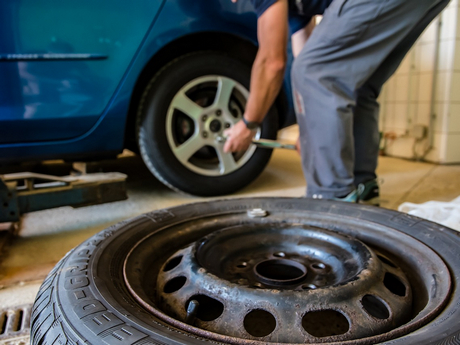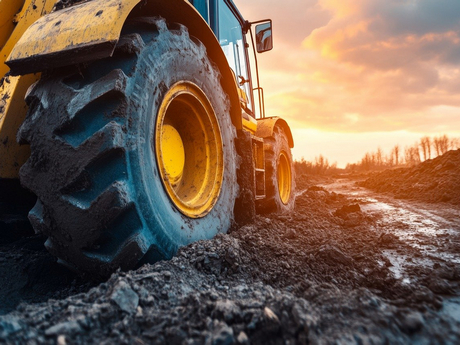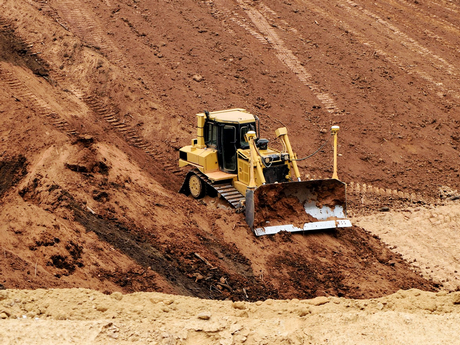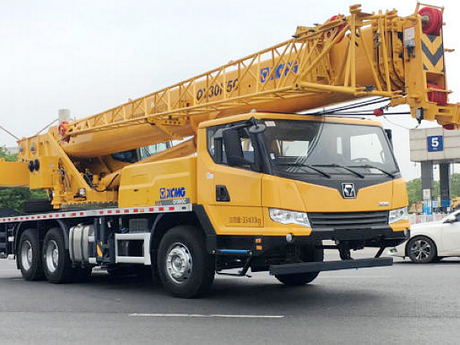|
Tires, as the core components of wheeled mechanical vehicles, their condition is directly related to the traction, throughput, smoothness, safety, comfort and economy of the vehicle. According to statistics, the maintenance cost of tires occupies a significant proportion of about 15% of the total maintenance cost of the vehicle, therefore, reasonable management and maintenance of tires is particularly important. First of all, precise control of tire air pressure is the key. Drivers should strictly adhere to tire inflation standards and use an air pressure gauge to regularly check and adjust tire pressure to ensure it is within a safe range. This not only maintains the elasticity of the tires but also improves driving stability and comfort. At the same time, the tire pressure of the spare tire should also be inflated appropriately to prevent air leakage.
Secondly, tire selection and installation are equally important. When choosing tires, you should ensure that the brand, specification, tread pattern and type of tires on the same axle are the same to ensure balanced tires wear. When replacing new tires, it is recommended that the entire vehicle or the same axle be replaced, and tires with directional patterns need to be installed in the specified direction. In addition, retreaded tires should not be used on the front wheels to ensure safe steering. To prolong the service life of tires, regular tire rotation is necessary. Depending on the vehicle's road conditions and tire wear, using the crossover or cyclic method of shifting can equalize the wear of the front and rear tires. Drivers also need to pay attention to controlling the temperature of tires during driving. Tires generate heat due to friction and deformation, leading to an increase in internal temperature and air pressure. At this time, should avoid using deflation or splashing water and other wrong way to cool down, but should choose a cool place to park, to wait for the natural cooling of the tire before continuing to drive. In addition, the tire storage environment also needs special attention. They should be kept away from direct sunlight, oil, chemicals and other harmful environments, and stored in a cool, dry and ventilated room. Tires should be placed upright, avoiding stacking or flat storage to prevent deformation and damage. In extreme environments, such as cold regions, drivers also need to pay special attention to the low-temperature performance of tires. When starting out, the clutch should be lifted slowly, driving at low speeds, and then driving normally after the tire temperature gradually rises. When parked for a long time, wooden boards or sand should be placed under the tires to prevent the tires from freezing with the ground. In summary, through precise control of tire pressure, scientific selection and installation, regular replacement, attention to temperature management, proper storage and adaptation to extreme environments and other strategies, we can effectively extend the service life of tires, improve the overall performance and safety of the vehicle, to bring users higher economic benefits and better driving experience.
|





























